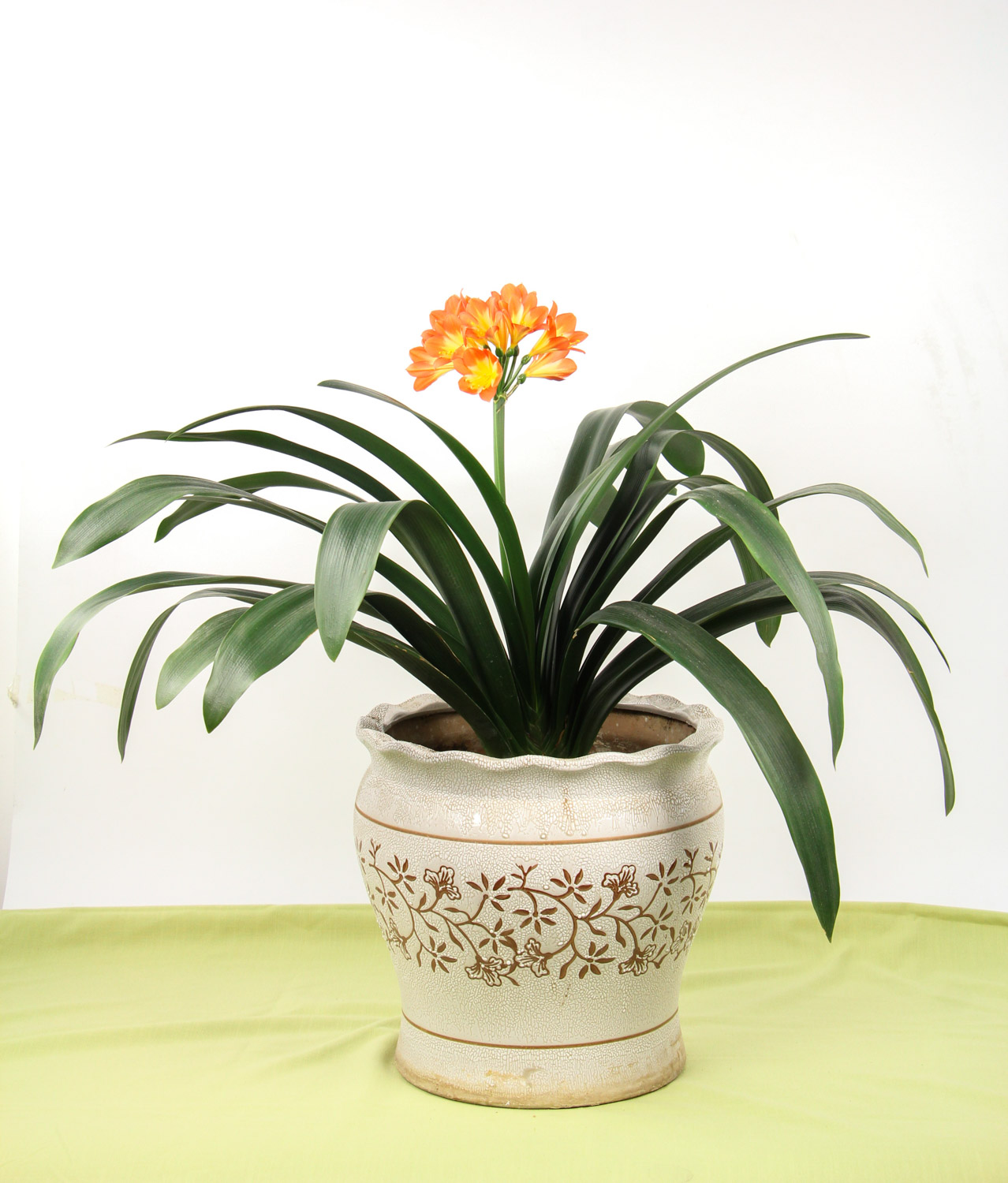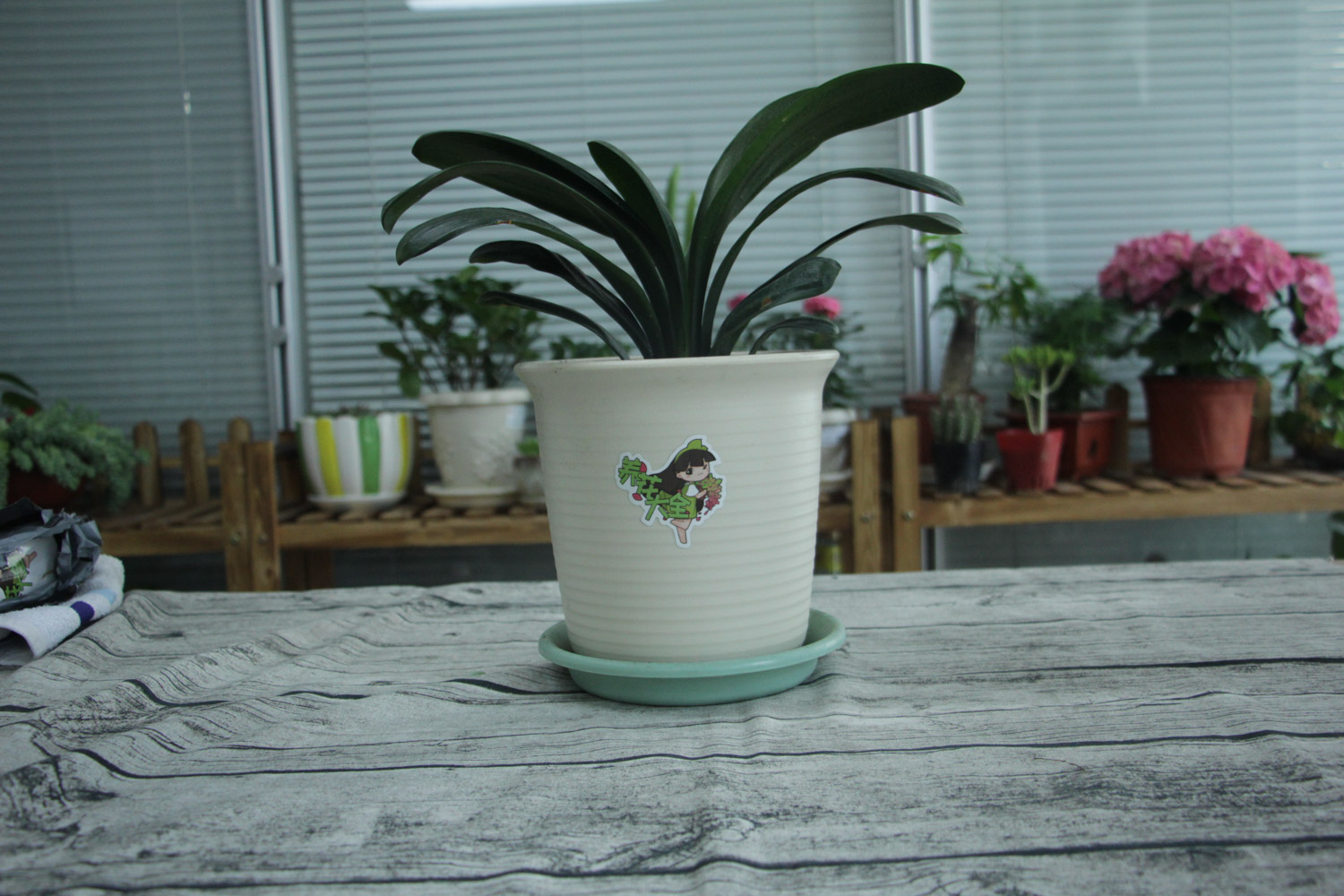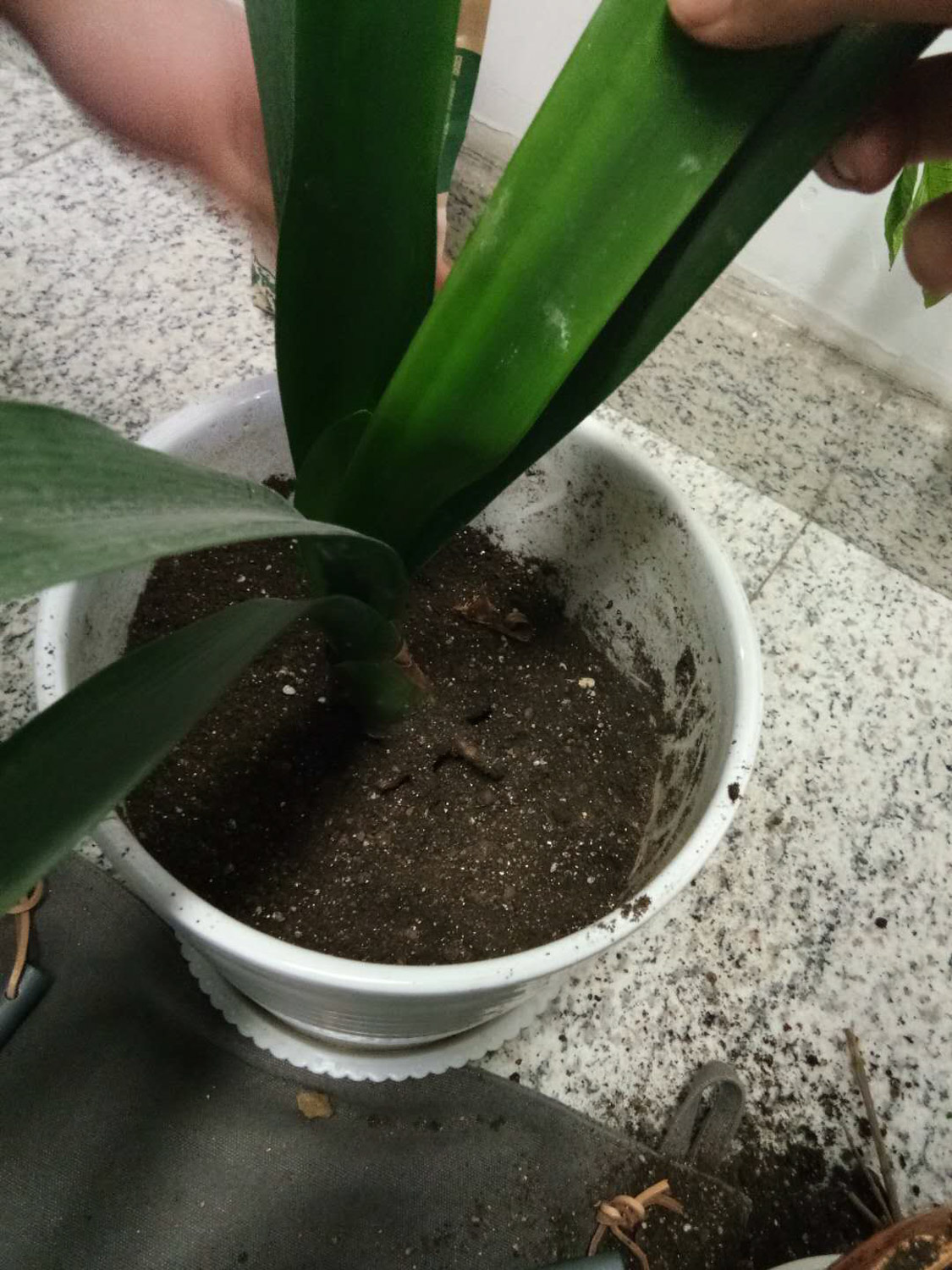1. Use soil
The native place of Clivia is under the big trees in the high-altitude forests of Southern Africa, and its roots are rooted in the rotten leaf layer accumulated for many years. The potted landscape of Clivia should adopt loose and fertile neutral or weak acid humus soil, and the cultivation soil can be mixed with 65% humus soil, 20% net sand and 15% fine furnace ash. The relative humidity of soil should be about 40%. If the soil hardens and the drainage is not smooth, it will lead to rotten roots. When changing soil in spring, it is best to buy special soil for planting. The special soil is rotten leaf soil, which is very suitable for the growth of Clivia
2. Fertilization
For Clivia, solid fertilizer should be applied once in winter, less nitrogen fertilizer and more phosphorus and potassium fertilizer. Eggshell powder and retted fishy water are good phosphate fertilizer, and bran ash and soot are easy to obtain potassium fertilizer. Nitrogen, phosphorus and potassium compound fertilizer can also be applied to promote the germination of more new plants and leaves. Fertilization must be appropriate. Do not apply concentrated fertilizer and raw fertilizer that has not been fermented and decomposed, otherwise it is easy to cause leaf tip scorch or decay. In winter, if the new leaves appear spots and the root system turns yellow, it indicates that there is too much fertilization, while the new leaves are narrow, thin and especially light in color, which is the manifestation of lack of fertilizer

3. Watering
The soil should not be too dry or too wet. It must be watered thoroughly every time, and more water should be poured after budding. The fermented bean cake water, light fishy water and horseshoe water can be applied every 20 days or so in combination with watering to combine watering and fertilization. When the room temperature is low, the watering shall be controlled to prevent the basin soil from being too wet, which will cause the death of rotten roots of plants, but the basin soil shall not be too dry
4. Temperature
The suitable temperature for the growth of Clivia in winter is 15-20 ℃, preferably not lower than 10 ℃. After darting, the temperature should be kept at about 18 ℃, and the temperature difference between day and night should be about 10 ℃. Otherwise, the flower arrow will bloom when it is not long enough to reach an appropriate height, which is easy to form "arrow clamping". When the outdoor temperature is lower than 10 ℃ at night, move Clivia indoors. When the indoor temperature is lower than 10 ℃, in addition to covering a layer of 1cm thick charcoal powder on the surface of the pot soil for thermal insulation, the flower pot should also be placed in the indoor sunny warm place. When the indoor temperature is particularly low, cover the flowerpot with film to raise the temperature, but the temperature in the cover shall not exceed 25 ℃. If it exceeds 25 ℃, ventilation and cooling shall be carried out in time

5. Illumination
Clivia is easy to blossom under the condition of short sunshine. Exposure to the scorching sun in summer can cause sunburn and inhibit growth. From May to September every year, it should be cultivated under the shade shed or in the semi shade environment without direct sunlight. The longer the winter, the better. When flowering, weak light can prolong the flowering period. It likes to be warm and cool, avoid severe cold and heat, generally grow well at the temperature of 18-20 ℃, and stop growing below 5 ℃. After entering the house, the light is limited and the flowerpot needs to be adjusted manually. Under normal circumstances, flower pots should be placed indoors in the sunny place during the day, so that the sun can shine on the plants. Before flowering, the flowerpot should also be placed under the fluorescent lamp at night to supplement the light. Because the two rows of leaves of Clivia are opposite, if the light is in one position for a long time, the growth of leaves will be uneven and affect the ornamental effect. Therefore, pay attention to the direction of the leaves when adjusting the light, and change the sunny surface every 10 days or so. There are two methods of placing flowerpots indoors: one is to make the leaves parallel to the sunny window, the other is to make the leaves perpendicular to the sunny window, and the effect of the latter is better than that of the former
6. Flowering control
The flowering period of Clivia is mostly from December to march of the next year. The way to prolong the flowering period is to place the flowers in a dark place when they are about to open, properly control the watering and keep the temperature at 8-12 ℃. In this way, the flowering period can be extended by 10-20 days


 how many times do yo...
how many times do yo... how many planted tre...
how many planted tre... how many pine trees ...
how many pine trees ... how many pecan trees...
how many pecan trees... how many plants comp...
how many plants comp... how many plants can ...
how many plants can ... how many plants and ...
how many plants and ... how many pepper plan...
how many pepper plan...





























